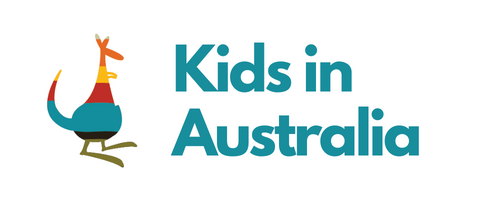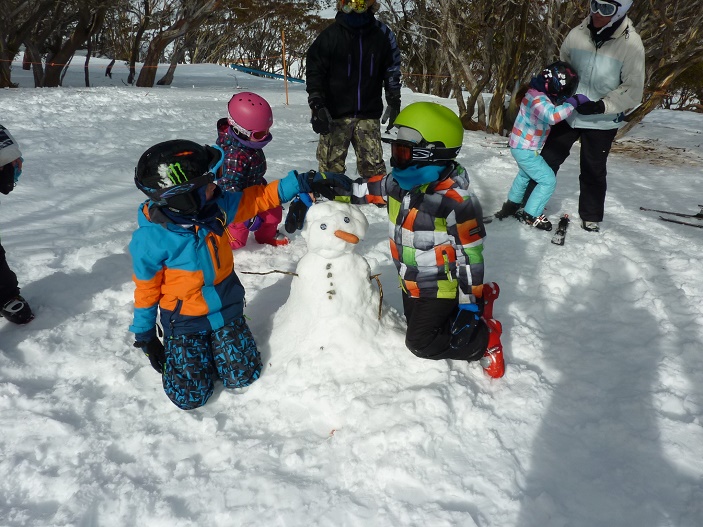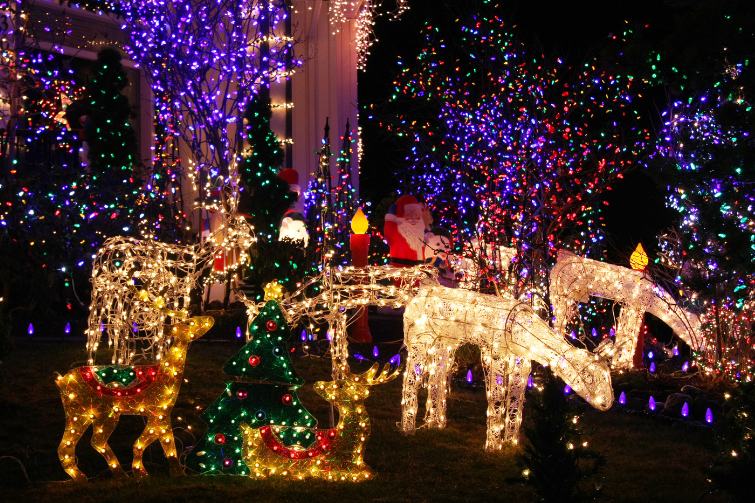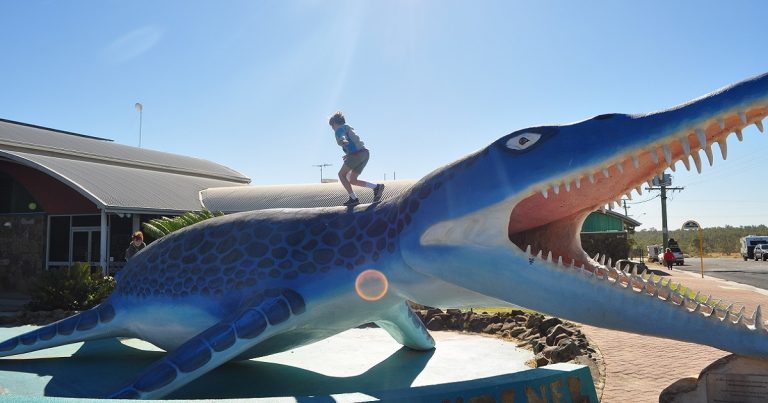Handball Rules For Kids (Australian Edition)
Let us help you with some Handball Rules for kids (Australian Edition). Chances are if you have a child in school in Australia, handball is likely to become a fixture of their bread time during some part of their schooling. This will hopefully help you understand what it is all about and help your kids better understand the rules.
Basic Handball Rules

Australian schoolyard handball is typically played between four players, and requires a hard flat surface with a plus sign on it, although more boxes will need to be added if there are more players. Then you need a good bouncy ball, like a tennis ball or spaldeen ball, and you’re set to begin. The game’s quick set-up time and simple rules contribute to its popularity.
If your kids are lucky, the concrete at school will be set up to offer the perfect handball court. If not, most schools seem okay with sidewalk chalk to set boundaries, but it is worth checking with a teacher first.
Although each section of the handball court is called a “square”, in reality, they can be any shape or size the kids deem fit. As mentioned, the edges can be demarcated by tile lines, chalk, paint, cracks or points showing each square’s start and end. Depending on the school, the squares’ names may vary but are usually labelled (in order of importance) King, Queen, Jack and Dunce. Although the game is informal and specific rules change from school to school, there are a few basics that more or less stay the same.
- The game needs at least two players to play.
- The person in the leading square, King, serves the ball.
- Serving the ball means bouncing it once in your own square before it enters and bounces in another player’s square.
- The person at king square gets to choose the “rules” for that game. More on this is below.
- The receiving player must hit the ball in their own square before it leaves to bounce in another’s square, and are “out” if they fail to do so.
- When the king gets out, they move to the Dunce square and all the rest of the players proceed to the next square up. The new king serves.
- The same applies to all higher-ranking squares, namely King and Queen. For Dunce, however, they go to ‘subs’ or substitutes when they get out. This is where you wait to get back into the game.
- A new player from ‘subs’ enters the game at the dunce square.
- What is a Foul in Handball
- Grabs: Holding them during a game.
- Full/straight: When the ball lands directly on another player’s after you hit it without bouncing in your square first.
- Out: When the ball lands outside the court. The player in the last square the ball touched is out.
- Double bounce: They’re out when the ball bounces twice in a square before the player gets the chance to hit it.
- Rolls: When the ball is hit in a way that it rolls, the player who hit it is out.
- Interference: If any player interferes with another player they are out.
- Skip: If the court has three or more squares in a row, and the ball is hit into a square that is not one that is immediately adjacent, the player who hit it is out.
- Dubs: When the ball is touched by the same player twice in a row, they’re out.
Before the King serves they get the chance to set the rules of that round. There are different rules like “lobbs”, for instance, where players have to bounce the ball into another player’s square right off the bat without bouncing it in their own square first. To call a rule, the King shouts the rule before serving.
Old School vs New School Handball Rules
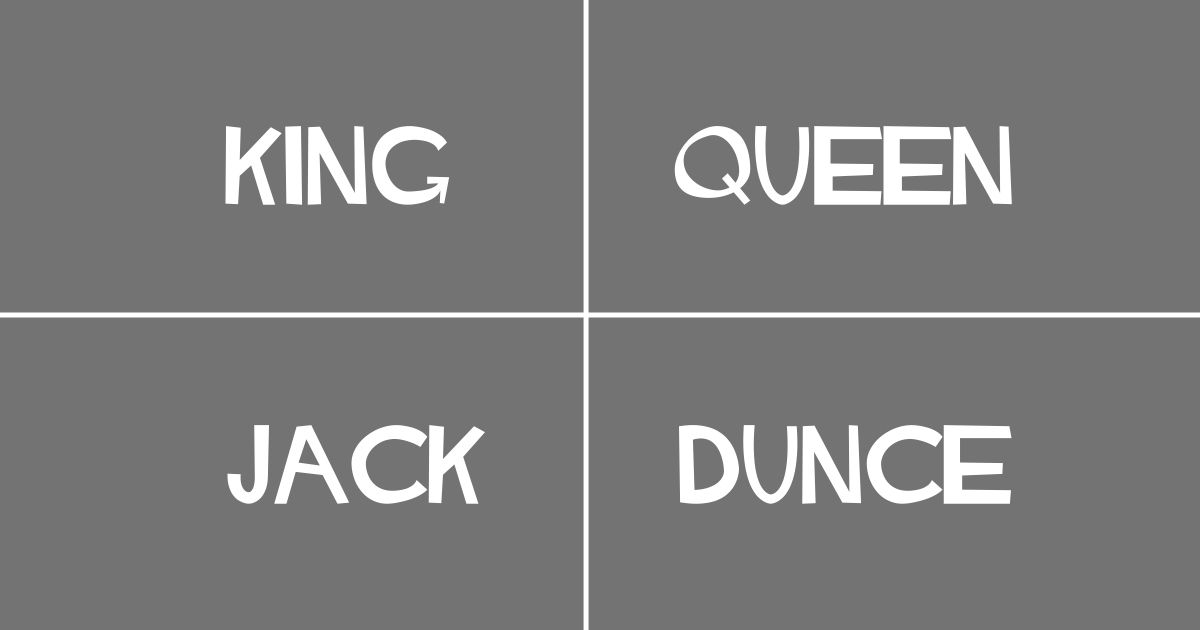
In some schools, the King can choose from two sets of rules: “Old School Rules” and “New School Rules.” In essence, old-school rules mean that the game is played as usual, whereas new-school rules mean that “baby rules” apply. These rules only apply if the player making the shot remembers to call its name, most of which are listed below. Keep in mind that these vary from school to school in their specifics but this more or less covers it:
Grabs: Normally, holding the ball during a play is a foul but during new school rules play you may grab the ball if you call it.
Minis: Call this and the ball can bounce more than once in your square before you hit it.
Lines: When a ball lands on a line between two squares, this can be called and it calls for a replay.
Cupcake: Called before you hit the ball high up in the air.
Cherry/upsies: The ball doesn’t have to bounce in your square after you hit it.
Power shots: Called before grabbing the ball and slamming it hard into another person’s square.
Cheap shots: Call this to make it allowed to let the ball bounce as many times as it does before you hit it. If you don’t call this, the ball can only bounce once in your square before you hit it.
Treetops: The ball is hit hard so it bounces high up in the air.
Rebound: when you hit the ball and it bounces against an object outside the handball court and goes back into play into someone else’s square. This is still in play as long as you call “rebound
One rule that the King can call in the middle of the game, despite being the new school or old school way, is “Death Rally” or “Death Match.” This is when there is a dispute on whether a player is meant to go out or not, and the King settles it by issuing a best out of 3 rallies.
History of Handball
Also called four square or kingpin, handball is played by students in Australia, New Zealand, Africa and Southeast Asia in almost every schoolyard, but is rarely recognized as an official sport. It is neither played as part of a physical education course nor professionally. It should also be noted that Australian schoolyard handball differs from the American kind that uses a wall, or even the professional kind that uses goalposts. So what is it, where did it come from, and how did it become popular?
The first known mention of handball dates back to the 1950s when it was written in a couple of newspapers and a teacher’s manual. It seems that since its appearance, however it happened, it caught on instantly and has become a recess-time staple today.
Handball is fun and helps develop skills such as strategy, hand-eye coordination, cooperation and dexterity. It’s no wonder why it’s been passed on from generation to generation and is still so popular today!
Ngaire
Latest posts by Ngaire (see all)
- Nocturnal Australian Animals that Live in Cities - June 23, 2024
- Ideas to celebrate Earth Day in Australia - August 20, 2023
- Interesting facts for kids about Rainbow Lorikeets - July 1, 2023
